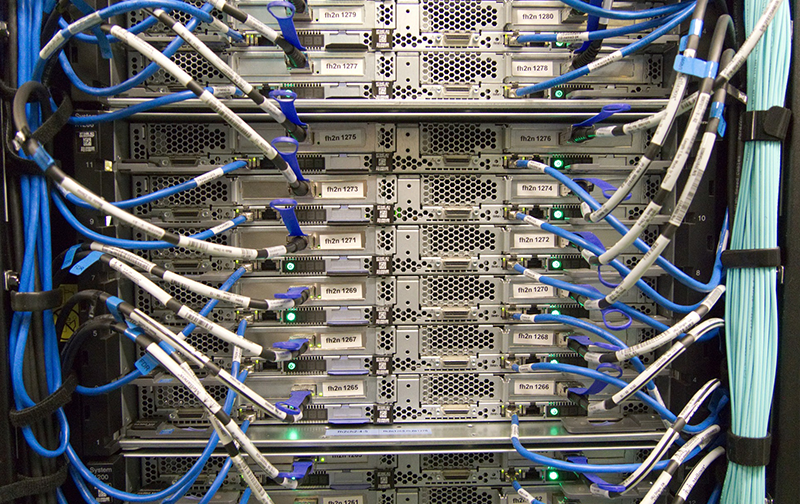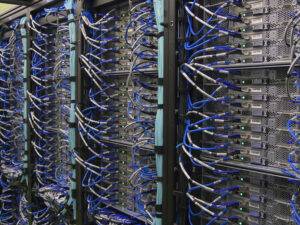IBM Mainframe
has been around since 1911 and has been providing IT solutions since its inception. IBM even has a history of inventing and developing new technologies,
such as the first computer, the first commercial digital computer, the first use of the electronic computer, a line of electronic computers, the first general-purpose electronic computer,
first magnetic drum computer, the first commercial hard disk drive,
the first use of ram, the first use of magnetic core memory,
the first use of semiconductor memory, the first use of a plug-in peripheral, and the first use of programmed, solid-state memory.
History of IBM
IBM was founded in 1911, in Endicott, New York.
The company originally started with an effort to manufacture electric typewriters and later moved into the development of electric calculating machines.
In 1924, the company introduced the first commercially viable system for large-scale manufacturing. The company also developed the first operational system.
In 1944, IBM introduced the first computer, the IBM 704.
IBM Mainframe current solutions
IBM’s mainframe solutions are designed to help companies with new and complex computing needs. These solutions include the IBM z14, IBM z13, IBM z12, and IBM z11.
These systems are designed to help companies run their businesses with the use of advanced technology. These systems are also designed to help companies in different industries,
such as healthcare, finance, government, and research.
IBM Mainframe future solutions
IBM’s mainframe solutions are going to be a huge part of the future.
IBM has recently announced new Mainframe solutions which include cloud computing, artificial intelligence, and blockchain.
These new technologies are going to make a huge difference in the future.
IBM has already been investing in these technologies and they are going to continue to do so.
Conclusion.
In the end, a mainframe is a tool for business, and no business is the same. It is a tool for delivering value to customers, managing risk, collaborating across borders, and keeping pace with change. It is a way of doing business that will never go out of style.



